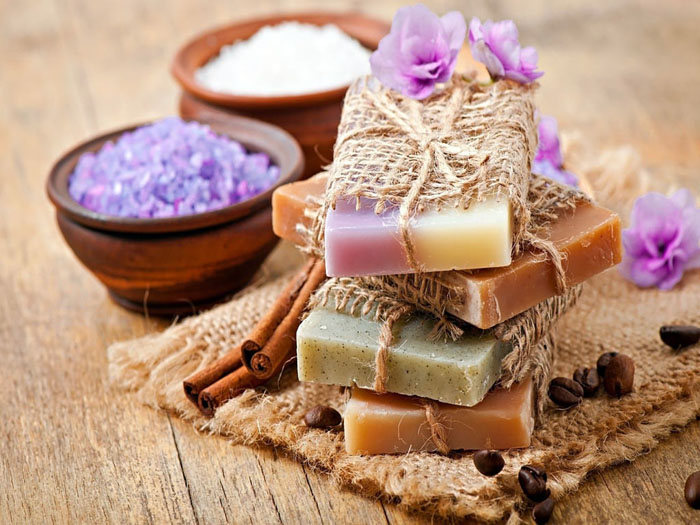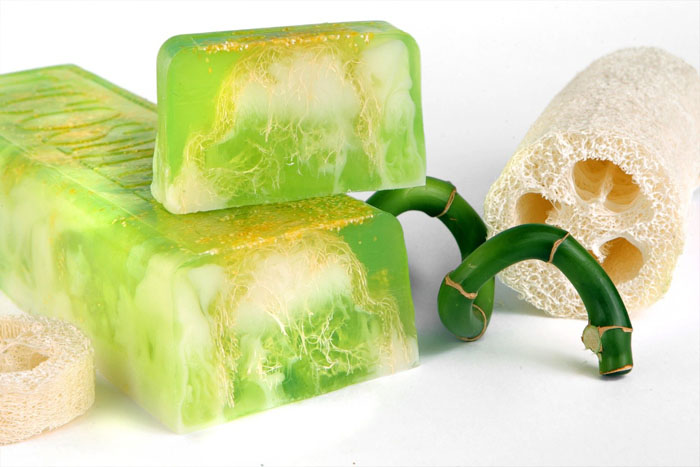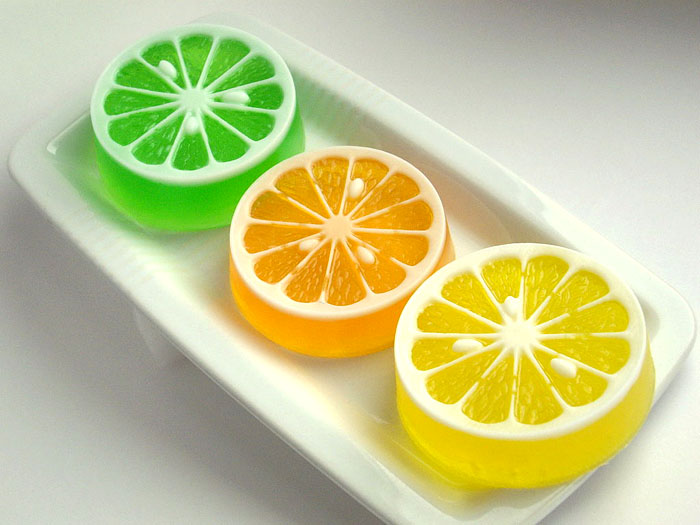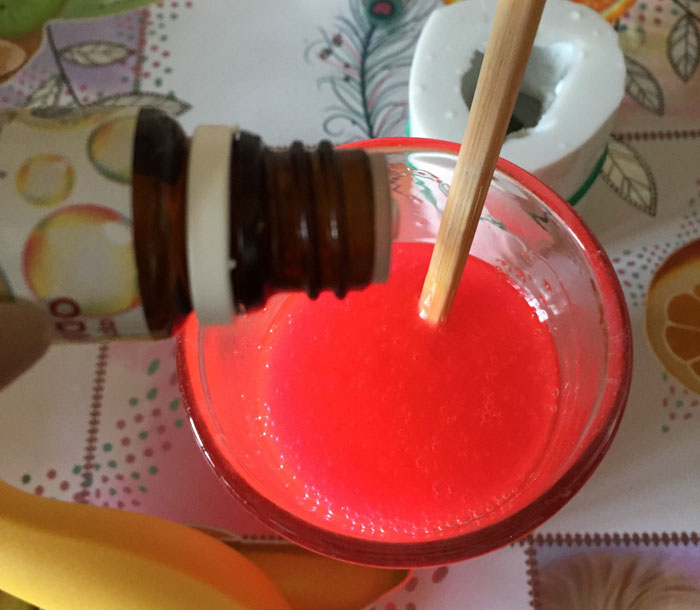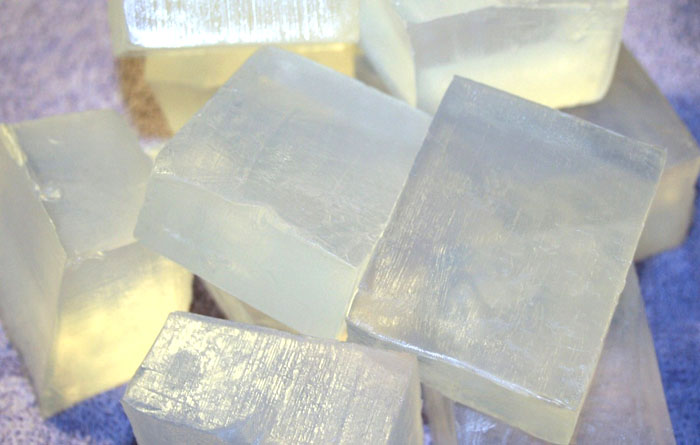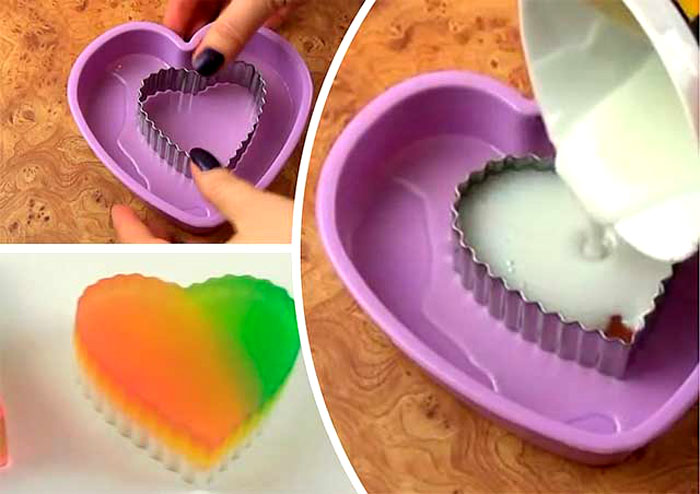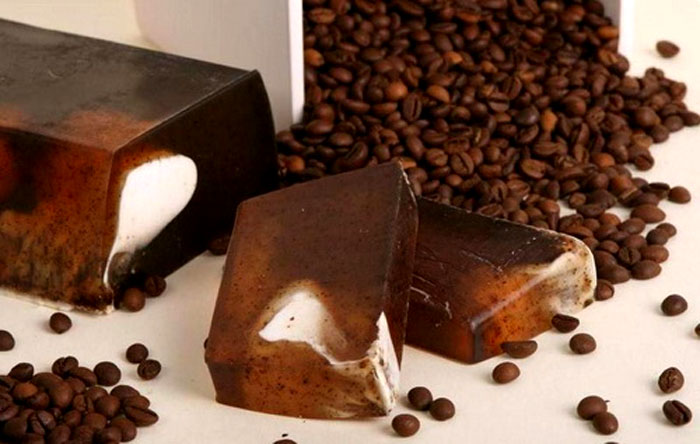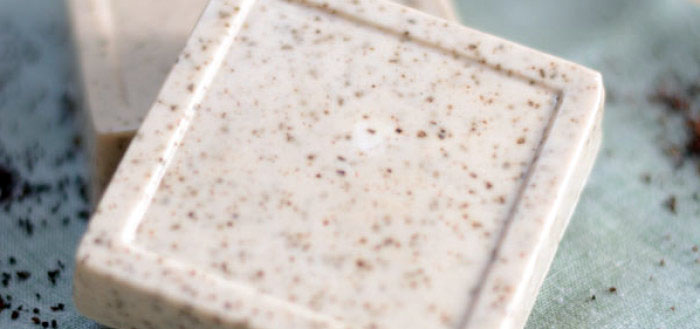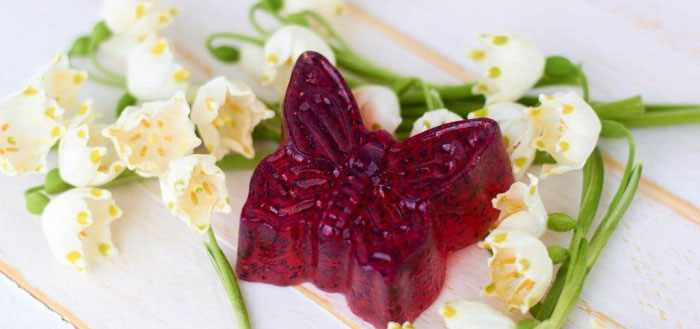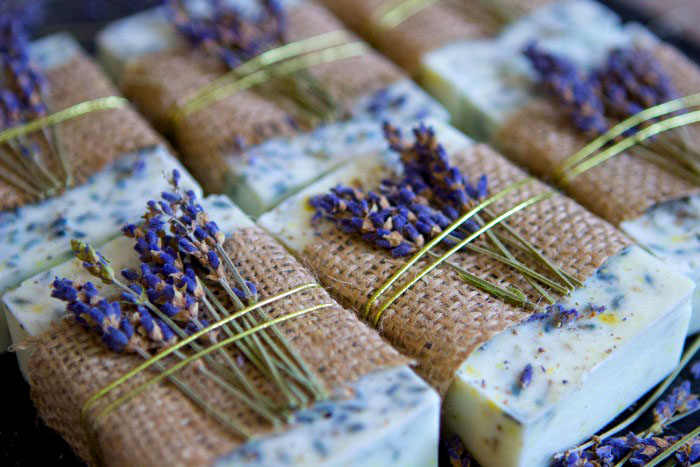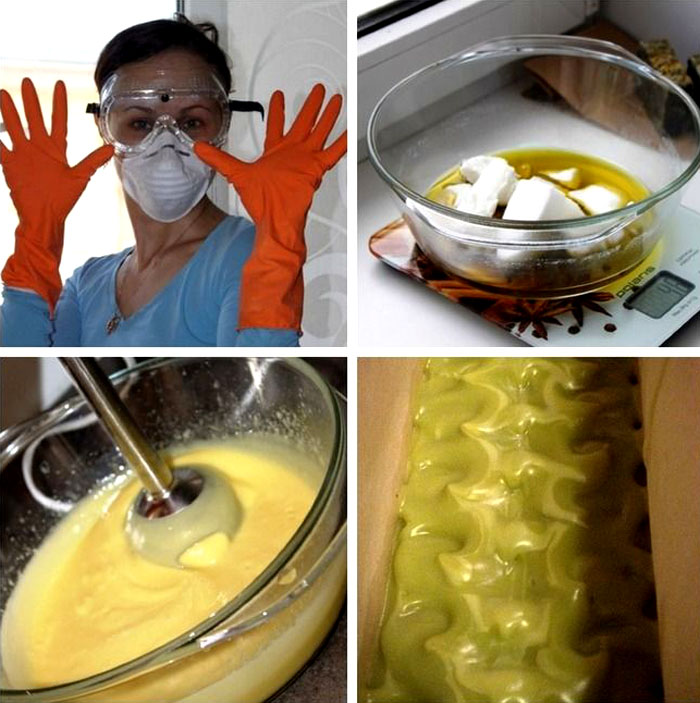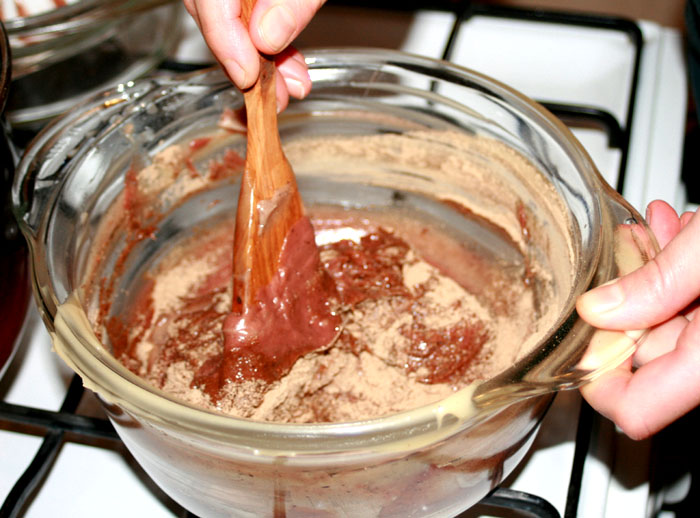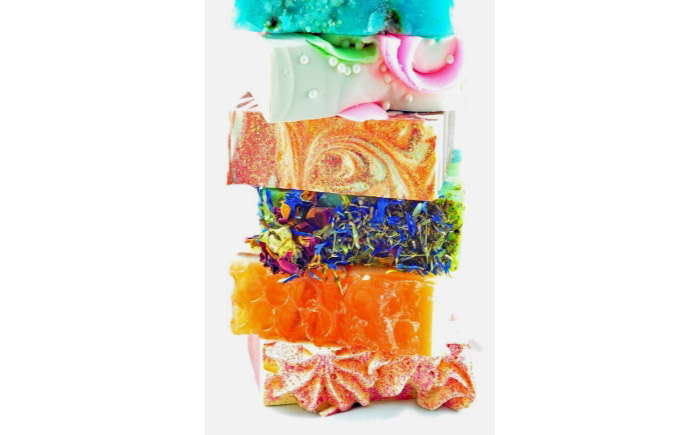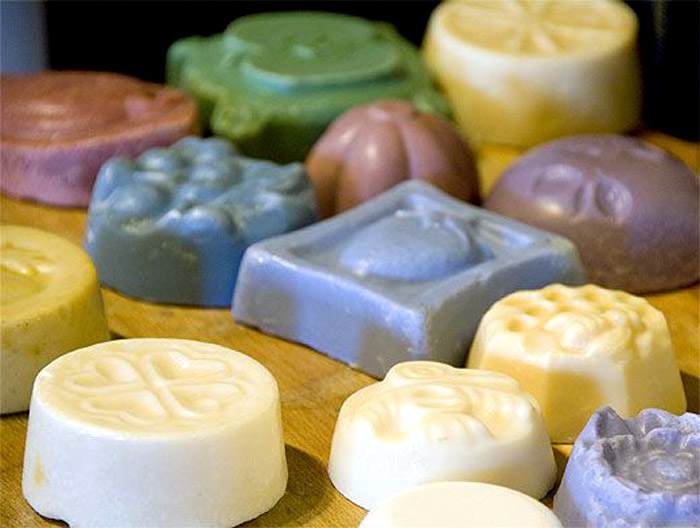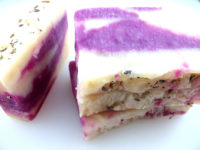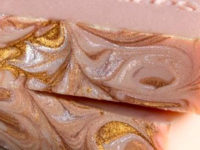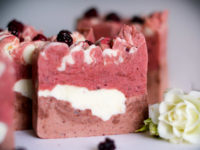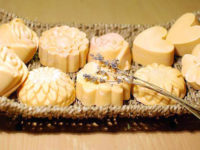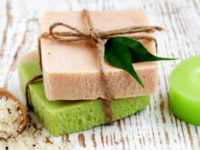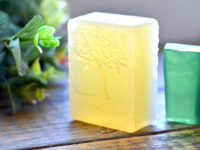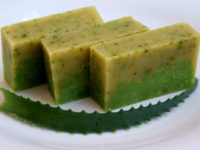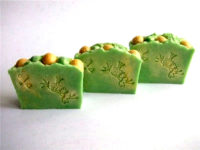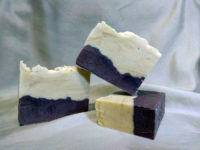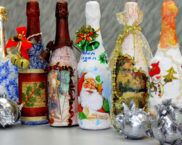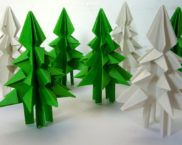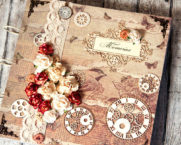Secrets of soap making at home - for craftswomen
Soap stores are a dime a dozen. But making soap at home has become a popular trend for a reason: the author of a masterpiece knows all the ingredients, can choose a recipe for personal requirements and needs. Well, let's make soap together with the homemaster.techinfolux.com/en/ editorial staff?
The content of the article
- 1 For beginners: how to make soap at home on a soap base
- 2 Different recipes for making soap on a soap base at home for beginners
- 3 How to make soap at home from scratch: cold and hot methods
- 4 Beginner recipes for making soap from scratch
- 5 To help for beginners - video of soap making at home
For beginners: how to make soap at home on a soap base
Products with incomprehensible chemical components and negligible content of natural substances are clearly not as useful as their manufacturers claim. Traditionally, soap is made up of saponified vegetable fats, rather than refined petroleum products, as is common today. Hence the natural problems with skin and health. It's time to learn how to make soap at home, especially since it's not difficult.
What to cook for a fun process
For home soap making, purchase natural baby soap. It should be free from dyes and fragrance. As the cheapest option, they collect remnants and turn them into luxury cosmetic products.
Ingredients
There are ready-made soap bases in soap shops: transparent and white composition.
On average, any soap that is not "from scratch" consists of a base, vegetable oils, dyes, fragrances, essential and cosmetic oils, natural ingredients and medical alcohol.Each ingredient plays a role.
To enhance the beneficial qualities of the product, oils are added to it that moisturize, soften and nourish the skin. Without them, the soap will dry out and crack.
Advice! It is allowed to add cream, cream, pasteurized milk or body milk to the composition - this will also serve as a fat component.
Coloring components can be added both dry and liquid. A lot of dye is also not worth using.
Advice! You don't have to buy a lot of different colors, many color variations will give basic blue, red and yellow.
Natural dyes are used turmeric, curry, sea buckthorn and pumpkin oil, colored clay, ground coffee and cocoa, strong herbal decoctions. The color will not be bright, but the product will become natural and healthy.
Fragrances will give your soap a pleasant scent. These can be artificial or natural aromas of essential oils.
The alcohol removes air bubbles and helps to bond the multi-colored layers. You need a spray gun to splash on the product in the process of exciting work.
To achieve an anti-cellulite effect or the properties of a scrub, you need to add finely dispersed components in the form of sea salt, shells from nuts, clay, oat flour to the composition.
Tools
Where to mix all the ingredients? To do this, take an enamel bowl, a saucepan, and a stainless steel will do. In addition, you will need a larger container to create a water bath, glass or plastic dishes for working in the microwave, a spoon, a whisk, and a measuring cup. Electronic kitchen scales are used for measurement accuracy.
The liquid product is poured into molds. Forms are purchased in any stores, ordered through online platforms. Regular silicone pastry molds will work just like baby cake molds.
Advice! It is easier to get soap from silicone molds.
Aluminum and cast iron cookware is not suitable. Well, everything is ready. It's time to learn how to make soap at home.
Basic recipe: how to make soap at home step by step
Here is a basic recipe for how to make soap at home from a soap base.
We do everything step by step, we are in no hurry:
- Cut the base into small cubes.
- We put the cubes in a glass or plastic container.
- We put the container with cubes in the microwave and melt everything to a liquid state, but without boiling.
- We take out the liquid and add other ingredients to it.
- We mix everything.
- Pour the composition into molds and sprinkle the future soap product with alcohol.
- We do not touch the product for a day, leaving it to harden.
Now, after 24 hours, carefully remove the resulting product from the molds and wrap it in foil. Wash your face to your health!
Different recipes for making soap on a soap base at home for beginners
Making soap at home is not such a difficult process, especially if a soap base is used. Let's study a few common recipes, which the author himself will then be able to diversify and adjust to his expectations.
Vanilla and coffee for combination to dry skin
Prepare 100 g of base (preferably in shea butter), a teaspoon of ground black coffee, 3-4 drops of vanilla flavor.
We measure the base with weights and cut into cubes. The cubes must be melted in the microwave or in a water bath, but do not bring to a boil!
Pour coffee into the molten base, stir everything carefully and thoroughly, we do not need clots and lumps.
Now add a few drops of flavor and stir again to prevent coffee particles from settling on the bottom. Now you can pour the mass into the mold and sprinkle the soap with alcohol.
Watermelon extravaganza for oily skin
We take 60 g of the base, 1-2 drops of raspberry dye, 18-20 drops of watermelon flavor, 1 teaspoon of poppy seeds.
We cut the base into cubes and heat everything to a liquid state, add dye and mix, getting a uniform beautiful color. At this stage, you need to add poppy seeds and stir everything. When the mass has cooled down a little, add the watermelon aroma, sprinkle with alcohol, pour into the mold and sprinkle with alcohol again.
Lavender and chamomile to soothe skin for a light scrubbing effect
100 g of shea butter base, 1 teaspoon of dry chamomile, 5 drops of lavender oil (essential), 0.5 teaspoon of dried lavender.
After the diced base has melted, add dry chamomile and lavender flowers. It is best to grind the flowers first in a coffee grinder. This will make the soap more pleasant to use and more beautiful in appearance.
How to make soap at home from scratch: cold and hot methods
Making soap "from scratch" at home is an interesting activity. In fact, this is the true process of making soap, in which you can feel like a real chemist.
Safety rules for the production of soap at home "from scratch": we take care of our health
Do-it-yourself soap making at home can leave severe burns on the skin. We are learning how to protect your health and prevent problems:
- protective equipment is required. We put on glasses, a respirator, and gloves;
- closed clothing and shoes will prevent accidental contact of the skin with alkali;
- the dishes are given to this hobby for good, they are no longer suitable for food. Better if it is glass or special containers for alkali;
- the windows must be open, the extractor hood must be running, there must be no cooking process at this time.
Since alkali reacts with water, heating occurs, so the water should be cold, preferably with ice.
Important! Alkali is poured into liquid oil, and not vice versa!
The solution with alkali is filtered, the oil and the substance must be completely dissolved and interact. You can assess the safety of a product using litmus tests. If the pH is above 10, the soap is not ready to use.
It is better for a beginner to use ready-made recipes and strictly follow them.
Secrets of the masters: what you need to make soap at home "from scratch"
How to make soap from scratch? In this case, they do not buy a soap base, but make it themselves from alkali, saponification oil and liquid.
What to cook with ingredients
If you plan to make a solid product, you will need the help of caustic soda (NaOH), in addition, the so-called overcooking. It needs valuable and healthy oils.
The alkali will first dissolve in a useful liquid (herbal decoctions, milk), and then it will combine with fats.
In addition to the above ingredients, the list of necessary components includes sugar, honey, lactic, succinic, citric acid, lanolin, glycerin, dyes, flavors, any fillers.
Tools
The list of tools includes the same as in the case of soap on a ready-made base. Additionally, you will need a hand blender, a container for alkali, an electronic thermometer and a sieve for straining.
How to make soap at home: the cold way
With the cold method, you first need to measure the alkali strictly according to the recipe. Ice water is first poured into a container for an aggressive substance, then alkali is slowly and carefully added there. Stir it right there!
The mixture should cool, at this time the solid oils are melted. They need to be mixed into a homogeneous composition.
Now the temperature is measured for both mixtures, it should be 37–38 ºC. An alkali solution is added to the oil through a fine sieve. First, the mixture is mixed with a spoon, then with a blender, then again with a spoon and again with a blender. The composition should thicken.
At this point, you can add the rest of the ingredients and pour the soap into the molds. The extracted product is wrapped in a film and kept for ripening for more than 4 weeks. During this time, the product will pass into the "gel" stage.
Interesting! This is the finished soap base, which is called the "trace" stage.
Let's watch a video on how to make soap from scratch:
How to make soap at home: the hot way
At first, the process is exactly the same as cold cooking until the "trace" stage. But after the soap has a different path.
The resulting soap mass must be put in a water bath, moreover, water is poured close to the mass level of the composition. Turn on a small fire and simmer the solution for 3-4 hours under a lid. Water is periodically added, once every half hour.
Over time, the mass will become gel-like and stop sticking to your fingers. After readiness, which is determined by litmus paper (pH indicator), you can refill the soap. At the end of the work, overfat is added and the composition is poured into molds. You can wash in a day!
Photo examples:
- PHOTO: hobby-country.ru
- PHOTO: svoimirykami.com.ua
- PHOTO: livemaster.ru
- PHOTO: krasodom.ru
- PHOTO: svoimirykami.com.ua
- PHOTO: varimylo.ru
- PHOTO: ru-soap.livejournal.com
- PHOTO: soapcreate.ru
- PHOTO: shaktisoap.prom.ua
Beginner recipes for making soap from scratch
Recipes from the series "We cook soap at home from scratch" must be observed, alkali is a dangerous substance.
Recipe for soap with milk: 60 g of coconut oil, 20 g of cocoa, 60 g of olive oil, 20 g of linseed oil, 22.82 g of sodium alkali, 52.8 g of milk, 5 ml of honey with milk flavor.
The main thing is to pre-freeze the milk, and introduce the alkali grain by grain.
At the "trace" stage, the soap is placed in the freezer for 10 minutes, then in the refrigerator for 2 hours.
Another recipe consists of palm oil 80 g, palm kernel oil 120 g, refined shea butter and castor oil 50 g each, olive oil 100 g, 30 g lanolin, sodium alkali 57 g, chamomile decoction 140 g.
Nuance: after 35 minutes, when the gel stage begins, lanolin is added.
Offer your own master classes!



